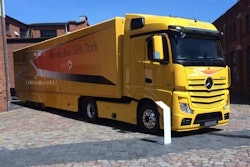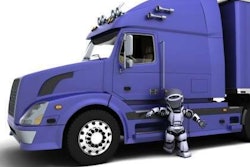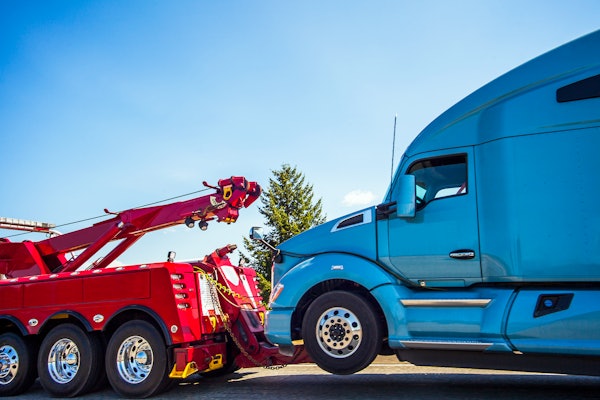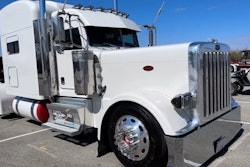Pig Pen, Rubber Duck and Sodbuster were hardly passive drivers as they gabbed on their CBs and responded to traffic conditions in C.W. McCall’s classic trucking song, “Convoy.” Passive drivers, though, are one element of the semi-autonomous convoys being tested around the world.
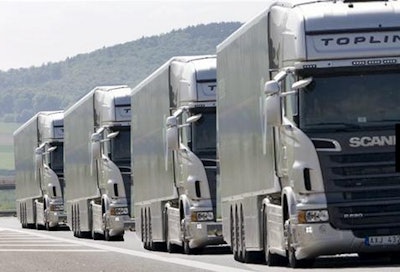 Strong fuel savings were achieved in testing this semi-autonomous convoy in Japan.
Strong fuel savings were achieved in testing this semi-autonomous convoy in Japan.Steven Ashley, writing for the BBC, gives a good update on recent testing of self-driving heavy-duty trucks, particularly a test of four trucks on an oval track in Tsukuba, Japan. The lead truck had an active driver, but the following “drones” had ones who remained passive until there was a need to get out of the platoon. The project’s target is having trucks spaced 13 feet apart, traveling at 50 mph.
There have been similar tests, too, in Germany, the United States and Sweden. A recently completed project led by Volvo used cars and trucks together. I wrote last fall about testing of autonomous trucks and cars.
To make the truck platoons work, Ashley writes, testers use “a suite of technologies including an automated steering system, automatic vehicle-following system and cooperative adaptive cruise control.”
Among the benefits sought is reduced congestion, as well reducing accidents by lowering the potential for driver failure. The Japan test showed a fuel economy improvement of 15 percent or more due to the aerodynamics of drafting.

There are still safety hurdles to overcome, such as lane changing and whether a four-truck length of road spray would be too much for motorists on a rainy day.
But the fact that these tests keep getting done shows that progress is being made. Experts believe the safety concerns and other hurdles can be overcome.
What do you think – will this idea ever be safe enough to work? Would it really save money?

